Since the Taliban took over, two years ago, the Afghani has become the world's best-performing currency in the third quarter of 2023, up 14 percent, according to Bloomberg.
For the year, the Afghani came in third, behind the currencies of Colombia and Sri Lanka.
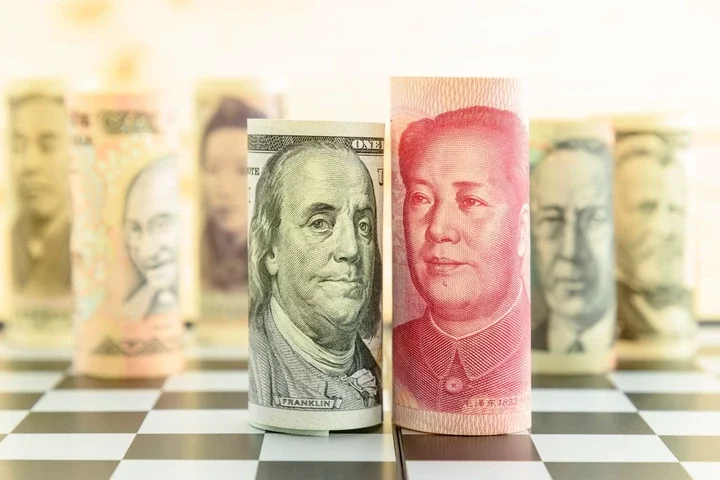
The US dollar is the strongest currency in the world, but the Kuwaiti dinar is the strongest in terms of value
However, in absolute value, the strongest currency in the world, is the Kuwaiti Dinar, according to Forbes, followed by the Bahraini Dinar and the Omani Riyal, respectively.
Nonetheless, there is more than one way to measure the strength of a specific currency.
What makes the strongest currency in the world so strong?
The best way to measure the strength of a currency is its value against the basket of global currencies relevant to the scale and size of transactions conducted in said currency.
This is why the United States (US) dollar, United Kingdom's (UK) Pound Sterling, Euro, China's Yuan, India's Rupee and the Japanese Yuan remain among the strongest in the world, and not in that specific order.
Another way to measure the strength of a currency is by comparing growth rates, in terms of gains.
There are several reasons why a currency gains or loses value, which is the main measure of strength, only relevant to various reference points depending on the approach we take.
Inflation or deflation: When inflation runs wild in an economy, the way it is today almost all around the world, the value of a country's currency declines, which is why central banks raise interest rates. This is called disinflation, and deflation is when an economy starts to shrink, and the value of currency grows as the monetary cycle tightens, as is the case in Japan right now. Usually, central banks reduce interest rates to drive growth and inflation.
Interest rate: To adjust inflation or borrow money, governments and their respective central banks adjust interest rates. The higher the interest rate the higher the yield, or return, on government bills and bonds, which draws money out of the market and into the government's own coffers. By pulling money out of the market, the central banks reduce the amount of money in circulation within the economy, which raises the purchasing value of the currency unit.
Sheer luck: Other currencies losing or gaining respective to the said currency, for whatever reason.
Foreign reserves and public sector investment: Generally speaking, economic growth usually comes with inflation, and lower interest rates encourage direct foreign investment. However, there are other economic domains that affect the strength and value of currency. For example, the central bank could retain a large reserve of hard foreign currencies, which it would use to bolster its local currency. Also, a rise in exports would bring in an influx of hard currencies, which the authorities can also use to support their own currencies.
How did Taliban's Afghani end up being the strongest currency in the world?
Of course, in the case of Afghanistan, it is a combination of sheer luck, foreign reserves flowing from the resumption of exports, public sector and infrastructure investments, and well, believe it or not; the sanctions.

An Afghan boy repairs a pistol at his workshop in Pul-e-Khumri city of Baghlan province on September 24, 2023.
Unemployment is rampant, two-thirds of households struggle to afford basic items and inflation has turned into deflation, according to a recent World Bank report.
Influx of hard currency
Meanwhile, planeloads of US dollars arrived almost weekly from the United Nations to support the poor, some of up to $40 million, for at least 18 months since the end of 2021.
"The hard currency controls are working, but the economic, social and political instability will render this rise in the currency as a short-term phenomenon," Kamran Bokhari told Bloomberg.
Bokhari is an expert in Middle Eastern, Central and South Asian affairs at the Washington-based New Lines Institute for Strategy & Policy.
Additionally, because of the financial sanctions, almost all remittances are now transferred to Afghanistan via a centuries-old Hawala money transfer system. Hawala is a key part of the sarrafs' business, which is the local money exchange teller and changers.
The UN has deployed about $1.1 billion, according to the world body's financial tracking service, out of the estimated $3.2 billion of aid that Afghanistan needs this year. Last year, the organization spent around $4 billion.
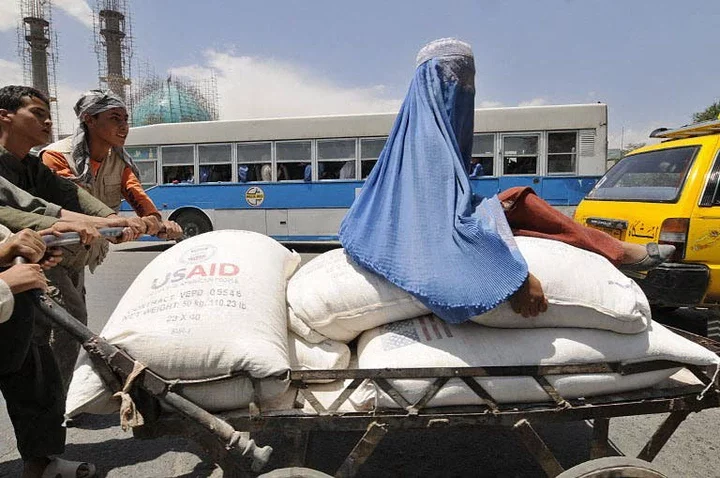
A burqa-clad Afghan women receives food donation from the World Food Programme (WFP) as she sits on a handcart in Kabul on July 21, 2008.
Overall, the UN deployed around $5.8 billion to Afghanistan in aid and development since Taliban retook power in 2021, according to Bloomberg.
As a result, at least in part, the World Bank forecasts that the Afghan economy will stop contracting this year, posting growth of 2% to 3% until 2025.
"Tightened restriction on foreign exchange transactions and a very gradual improvement in trade is pushing up demand for the afghani," Anwita Basu explained to Bloomberg. She is the head of Europe country risk at BMI in London.
The afghani is likely to stabilize at current levels until the end of the year, Basu said.
Notably, a stronger afghani can help curb inflation pressure for critical imports such as oil, particularly as crude prices approach $100 a barrel.
In the meantime, dollars being smuggled into Afghanistan from Pakistan also bolstered the afghani and supported the Taliban in recent months.
Da Afghanistan Bank, the country's central bank, is auctioning up to $16 million almost every week to support the currency, said spokesman Hassibullah Noori.
Industrial, infrastructural investment
The cash-strapped Taliban is seeking investment into the country's rich resources, including lithium, which are totally estimated to be worth as much as $3 trillion.
Chinese, British, and Turkish companies were involved in $6.5 billion of contracts given out this month to build large-scale iron, ore and gold mines, Bloomberg reported. The Taliban also inked a deal in January with a Chinese company for oil extraction.
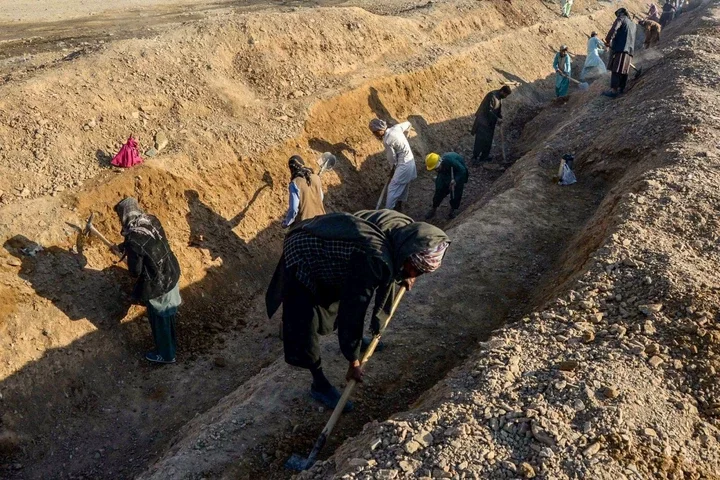
Afghan labourers work at a under-construction site of a canal project in Kandahar on February 13, 2022.
Additionally, in May, China and Pakistan also agreed to extend the Belt and Road Initiative into Afghanistan, potentially drawing in billions of dollars to fund infrastructure projects.
Also, in a sign of thawing ties, an American business delegation in September co-hosted a conference in Kabul to lure global investors.
This is how the Taliban came to control the strongest currency in the world
Combined with slides in Asian currencies, including the Yen and Yuan, among others across the Pacific and worldwide, with a few exceptions across the Atlantic, the Afghani ended up being the world's best-performing currency.
Will it become the world's strongest currency relevant in value to other currencies? Probably not.

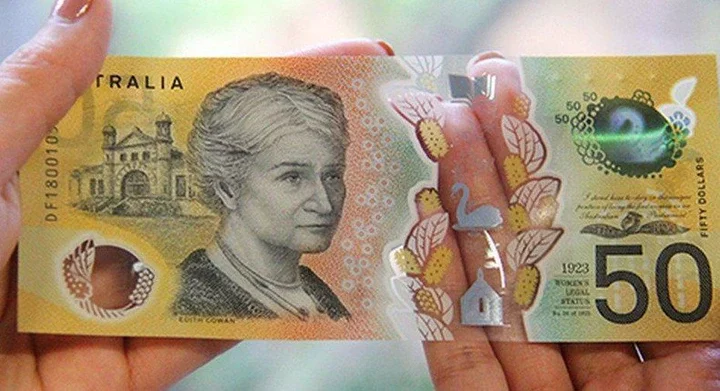
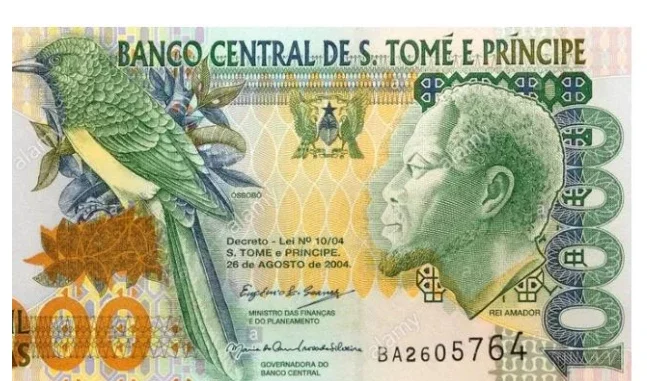
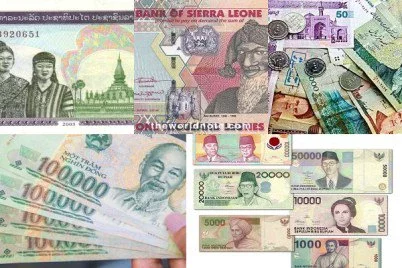
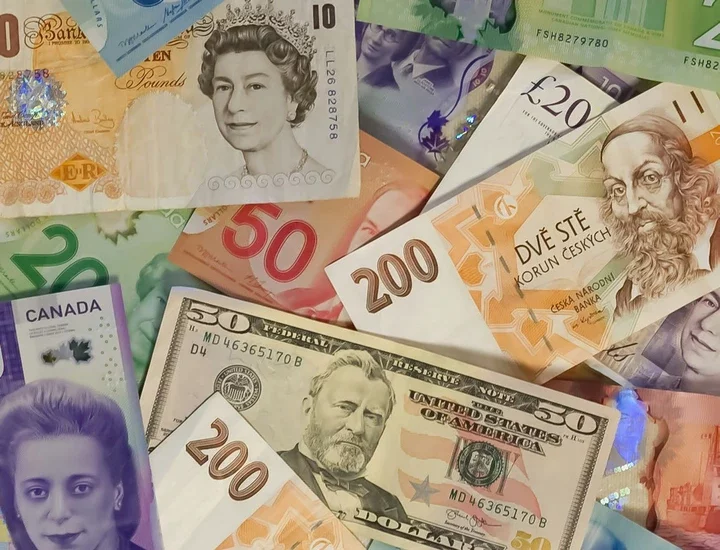
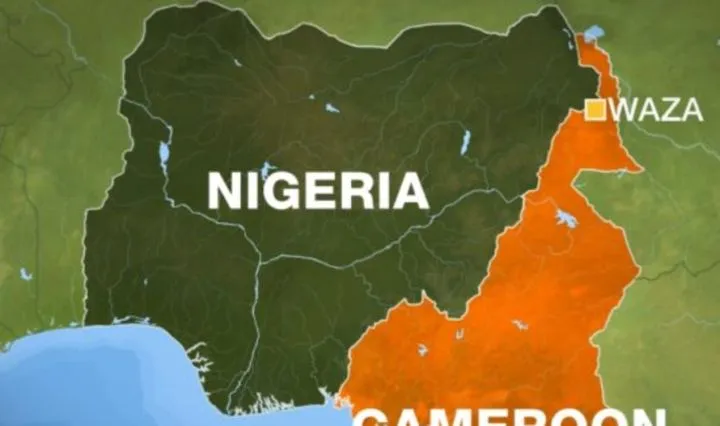


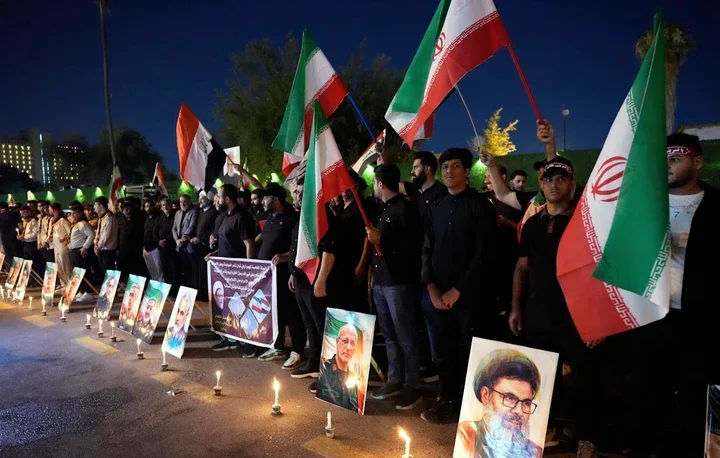





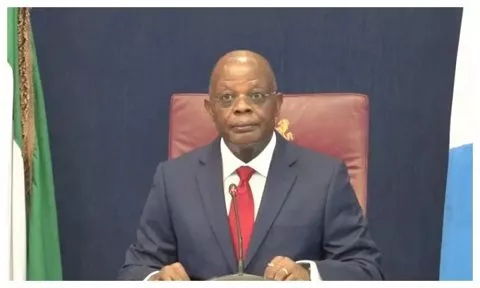


Comments